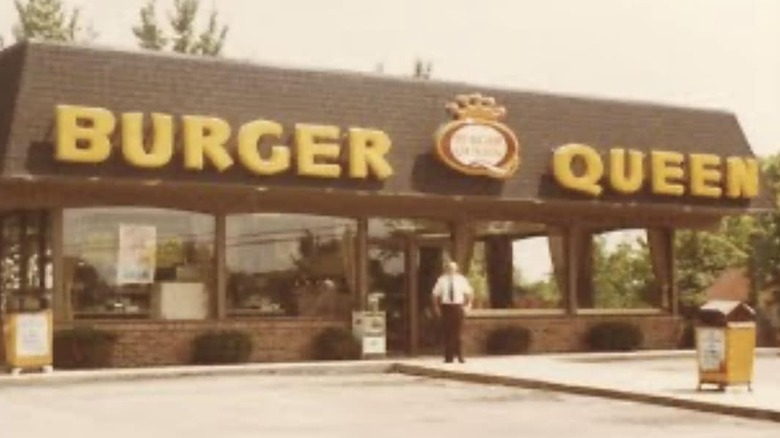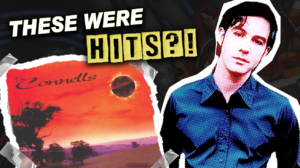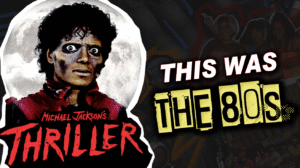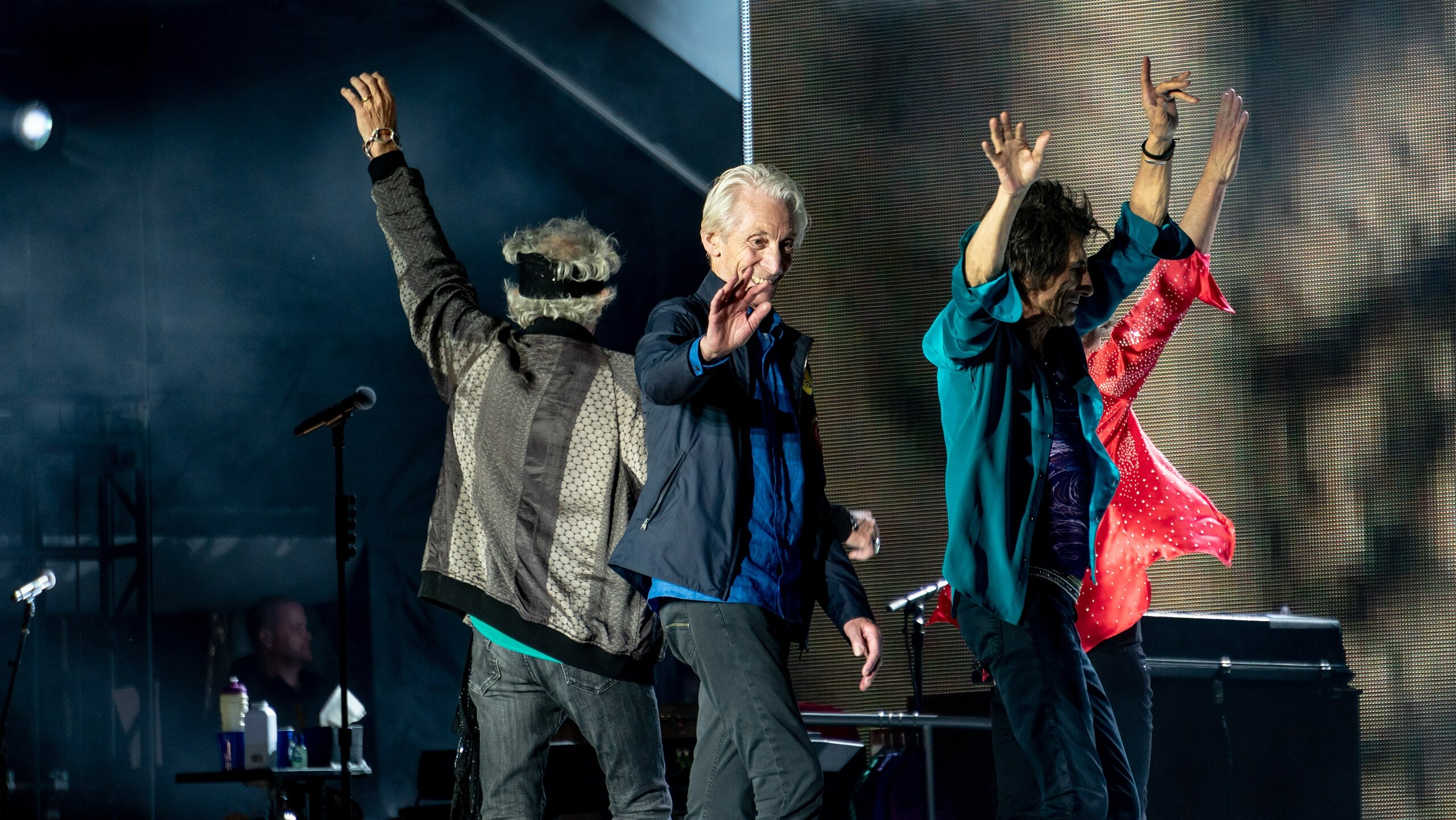
Fast food history is littered with spectacular failures most people have forgotten. These burger chains once had hundreds of locations before collapsing completely. Their mistakes ranged from poor business expansion to disastrous corporate buyouts. By studying these failures, we can understand why only certain restaurants survive.
These nine cautionary tales show exactly how not to run a fast-food empire.
9. Burger Chef

Burger Chef hit the scene in the mid-1950s and grew like wildfire, reaching over 1,200 locations by 1972 – enough to make McDonald’s sweat. Their custom broilers cranked out burgers with a flavor that folks would drive miles to taste. They created the “Fun Meal” with toys and colorful packaging while Mickey D’s was still figuring things out. But things took a dark turn in 1978 when four employees were murdered at an Indiana location, casting a shadow the brand never quite escaped. Hardee’s scooped up Burger Chef in 1981 and slowly pulled the plug on the name. When the final Burger Chef grills went cold in 1996, they left behind not just memories, but a blueprint for family dining that forever changed how fast food chains court younger customers.
8. Howard Johnson

Those orange roofs were like beacons to hungry road-trippers cruising America’s fresh highways back in the glory days. HoJo’s made its name with 28 flavors of ice cream and a menu that promised the same comfort food whether you were in Maine or California. In its prime, Howard Johnson’s wasn’t just big – it was America’s largest restaurant chain, period. But as fast food joints started popping up at every exit, HoJo’s started losing its mojo. Marriott bought the struggling brand in 1985, but couldn’t breathe new life into it. That solitary Howard Johnson’s in Lake George stands as more than just a restaurant—it’s a time capsule of roadside Americana from an era when family travel meant more than just pulling off at the next identical exit. And while many such trends have vanished, explore 14 fads from the 70s you’ve probably forgotten.
7. Red Barn

Red Barn didn’t just build restaurants – they built giant barns that practically screamed “eat here!” to everyone driving by. Their catchy slogan “When the hungries hit, hit the Red Barn!” stuck in your head like a pop song. Beyond basic burgers, they dished up fried chicken, fish sandwiches, and jumped on the salad bar bandwagon before most chains knew what lettuce was. Their empire stretched to 400 locations across America, Canada, and Australia, proving barn-shaped buildings had international appeal. The company went belly-up in 1986 despite packing in customers right up to the end. You can still spot former Red Barn buildings across America today, their distinctive silhouettes serving as architectural fossils from when a restaurant’s shape mattered as much as its menu.
6. Wetson

Herb Wetson wasn’t shy about his inspiration – after checking out the original McDonald’s in California, he came back east and launched his own version tailored for New Yorkers in 1959. The chains massive signs became landmarks across the boroughs and suburbs during the Kennedy era. While competitors modernized, Wetson’s kept the car hops coming to your window with trays of food – old-school cool. The local chain ballooned to 70 locations around New York, giving the national players a serious headache. When Wetson’s joined forces with Nathan’s Famous in the mid-70s, the brand disappeared faster than a New Yorker crossing the street. Wetson’s short but mighty run proved that local flavor and neighborhood know-how can sometimes outperform massive national marketing budgets in winning customer loyalty. Like Wetson’s, these 17 drive-through restaurants faded into history.
5. Carrols

Springing from Tasty Freeze ice cream parlors, Carrols entered the Syracuse scene in the early 60s with a burger-flipping attitude. Their mascot? A bright yellow slug that was so weird you couldn’t forget it if you tried. Throughout their expansion to 120 locations around the Northeast, their “Club Burger” gave folks a reason to choose them over the competition. When most Carrols spots transformed into Burger Kings in the 70s, it seemed like game over. But here’s the kicker – the company behind those restaurants pulled off a spectacular pivot, eventually becoming the biggest Burger King franchisee on the planet. That yellow slug mascot might be forgotten, but Carrols’ remarkable evolution shows how a company can thrive by completely reinventing its business model when its original concept runs out of steam.
4. Walgreens

Before drugstores sold sad pre-made sandwiches, Walgreens dove headfirst into the restaurant biz with “Wags” in the 1970s. These joints stayed open around the clock when most places rolled up the sidewalks at sunset. What started as a corner in the drugstore grew to 91 standalone restaurants scattered across prime locations. By 1988, Walgreens decided to stick to pills instead of pickles and sold the whole operation to Marriott. Within three years, Marriott shuttered most locations, leaving just 30 hanging on around Chicago. Those last outposts became Shoney’s by ’94, erasing all traces of the pharmacy’s food venture. The Wags story shows us that even well-funded companies can struggle when they step too far outside their wheelhouse, no matter how much sense the expansion might make on paper.
3. Burger Queen

Harold and Helen Kite fired up the first Burger Queen grill in Winter Haven, Florida back in ’56, planting the seeds for a southern fast-food empire. The concept caught the eye of George Clark and Jim Gannon, who snagged franchise rights in ’61 and took the chain on a Kentucky-focused growth spurt. By December ’73, they were cutting the ribbon on their 50th location in Danville, Kentucky – not too shabby for a regional player. The company ditched the royal title in ’81, rebranding as Dr’s International while keeping the same down-home food folks had come to love. The renamed chain eventually operated 171 restaurants across seven states and even planted a flag internationally. This dramatic name change highlights a harsh reality in restaurant history: sometimes survival demands sacrificing your original identity, even when that identity resonated strongly with a loyal customer base.
2. Gino’s Hamburgers

When football hero Gino Marchetti hung up his cleats, he wasn’t done winning – he launched Gino’s Hamburgers in Baltimore back in ’57. His “Gino Giant” burger became the talk of the town, a hefty handful that satisfied even the hungriest sports fans. The chain spread faster than gossip, hitting 350 locations throughout Maryland, Pennsylvania, and Jersey during the Vietnam era. Marriott Corporation gobbled up Gino’s in the early 80s, slapping Roy Rogers signs over most locations. Some folks tried reviving Gino’s in 2010, opening a few spots around Baltimore and Philly, but lightning didn’t strike twice. Marchetti’s successful transition from sports star to restaurant mogul created a playbook decades before athlete-owned businesses became the norm – making him not just a football pioneer but a business one, too.
1. Royal Castle

William Singer looked at White Castle’s success up north in 1938 and thought, “The South needs those tiny burgers too” – and Royal Castle was born in Miami. The chain steadily built a kingdom of 175 locations across Florida and neighboring states, sticking to their southern stronghold rather than trying to conquer the whole country. These little burgers were a steal at just 15 cents each in 1961, when minimum wage was barely over a buck an hour. Nashville’s Performance Systems took over the castle in ’69 but couldn’t quite figure out how to run the kingdom. Between bookkeeping shenanigans and operational headaches, the new lords of the castle ran into trouble quickly. By ’75, fed-up shareholders pulled the plug, ending almost four decades of slider supremacy in the South. Sometimes, a simple concept executed consistently can create a regional empire that outlasts trends.





















